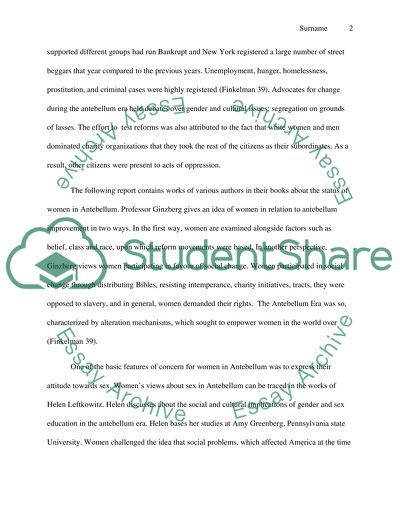Cite this document
(“Women In the Antebellum Reform Research Paper Example | Topics and Well Written Essays - 3000 words”, n.d.)
Retrieved from https://studentshare.org/history/1393278-women-in-the-antebellum-reform
Retrieved from https://studentshare.org/history/1393278-women-in-the-antebellum-reform
(Women In the Antebellum Reform Research Paper Example | Topics and Well Written Essays - 3000 Words)
https://studentshare.org/history/1393278-women-in-the-antebellum-reform.
https://studentshare.org/history/1393278-women-in-the-antebellum-reform.
“Women In the Antebellum Reform Research Paper Example | Topics and Well Written Essays - 3000 Words”, n.d. https://studentshare.org/history/1393278-women-in-the-antebellum-reform.


